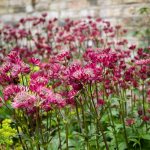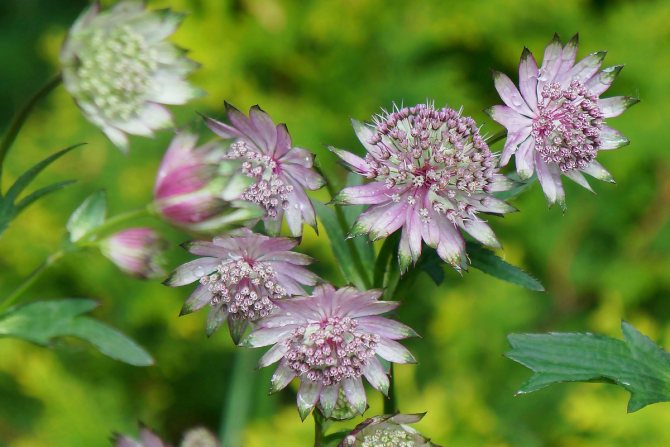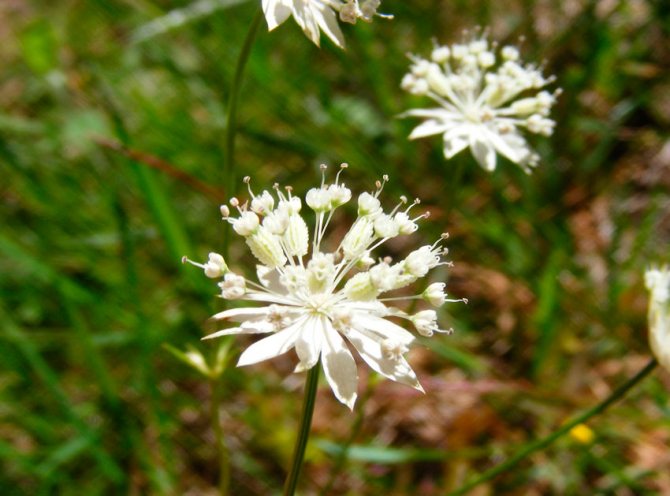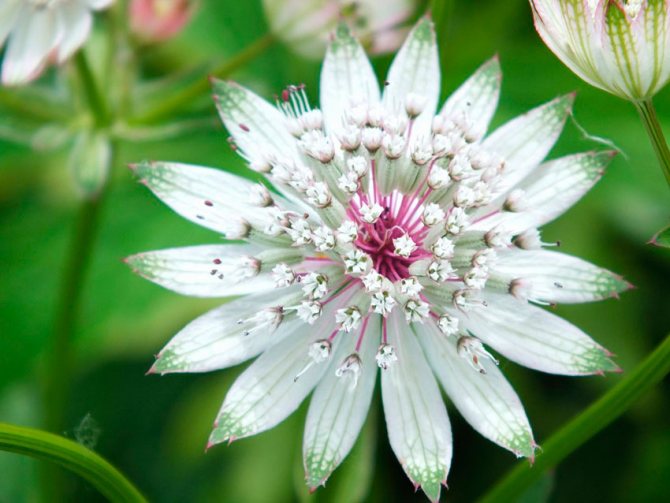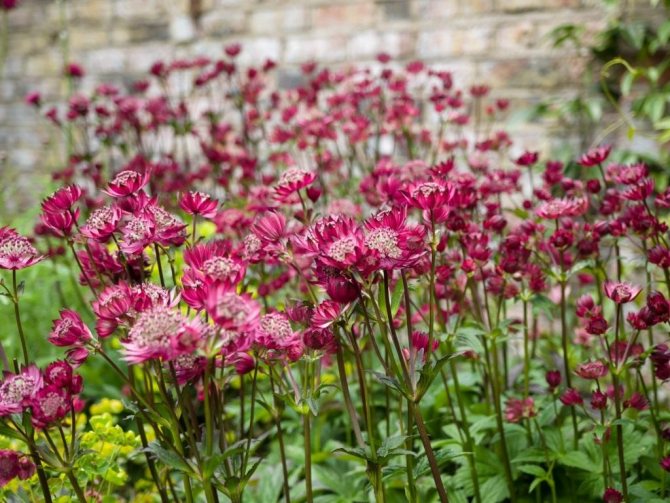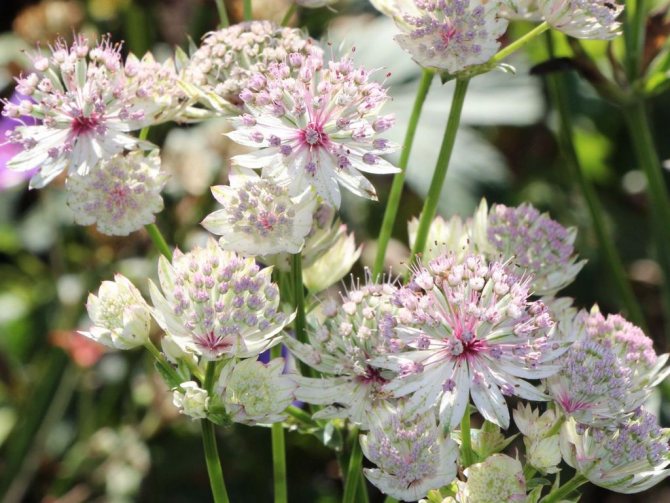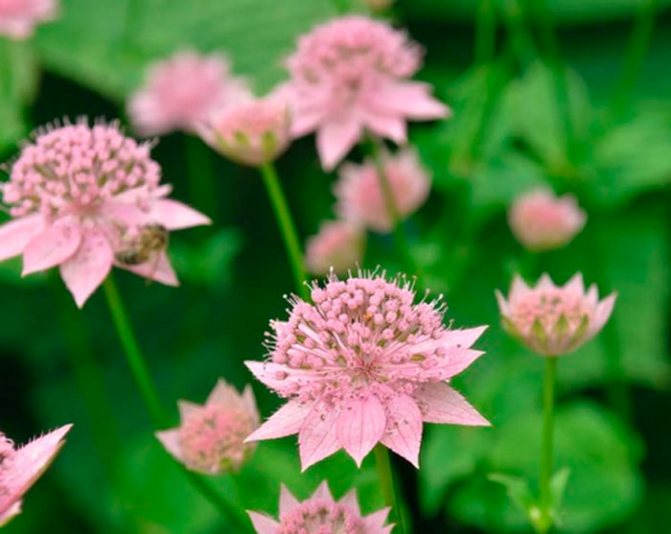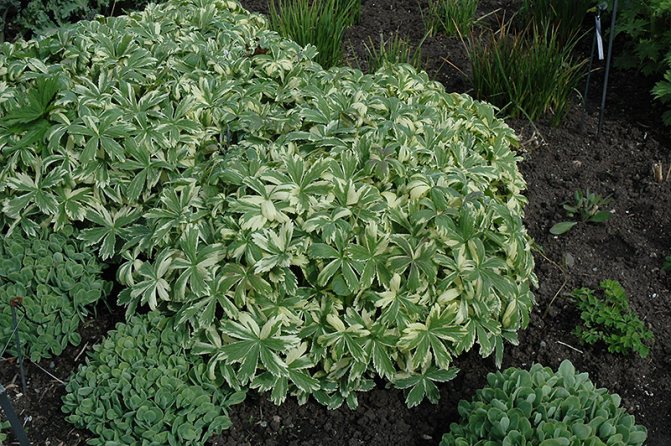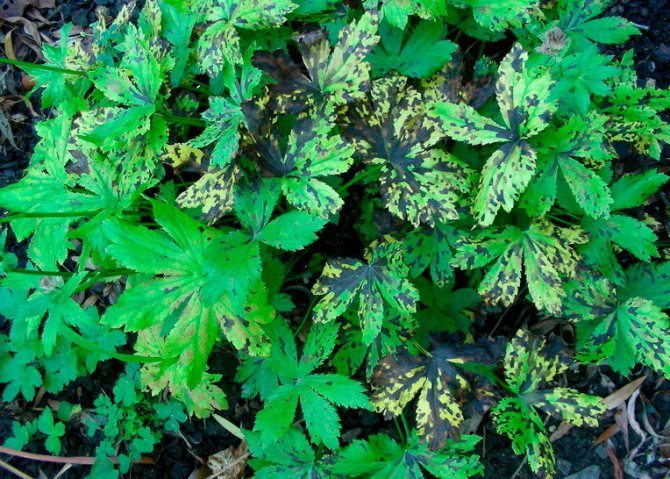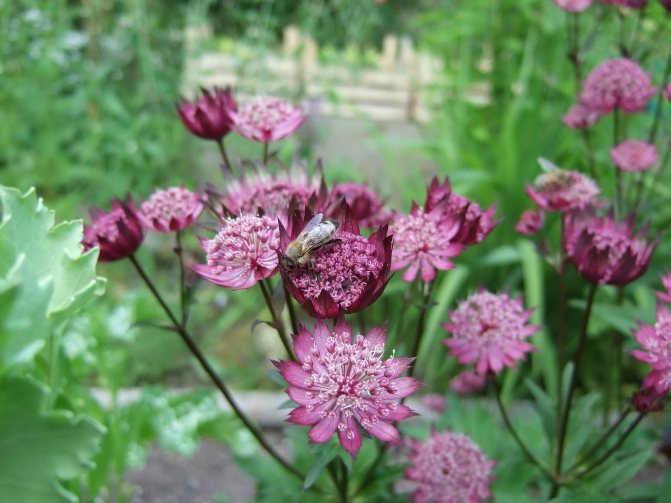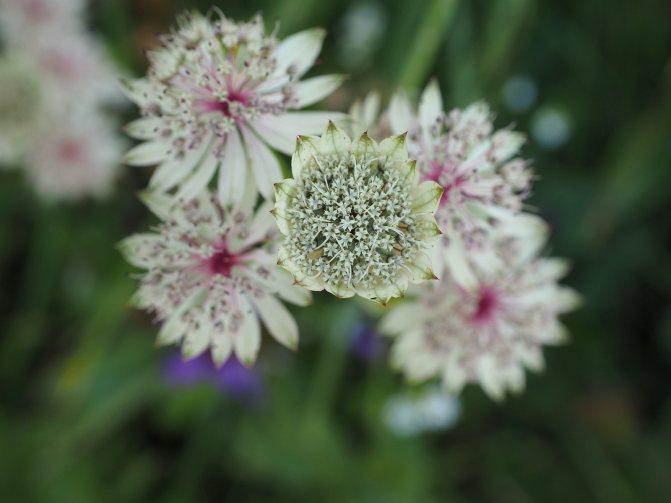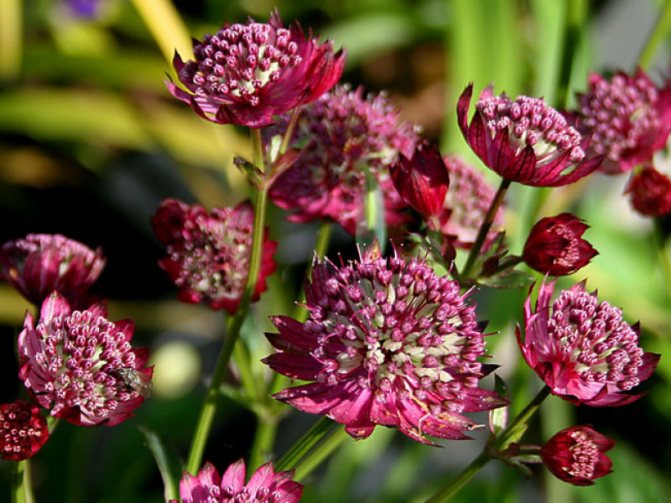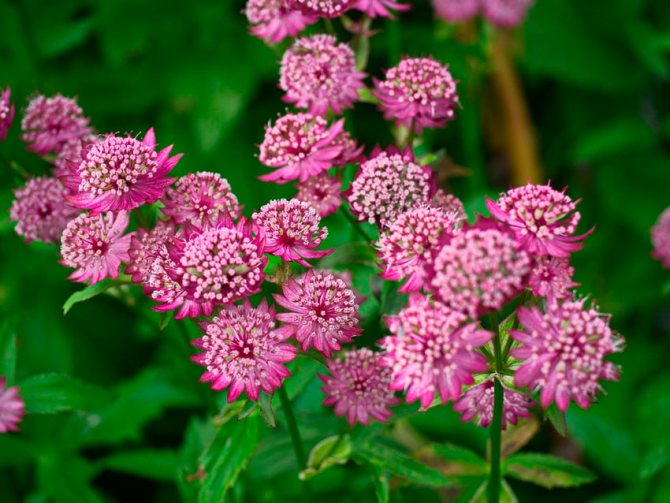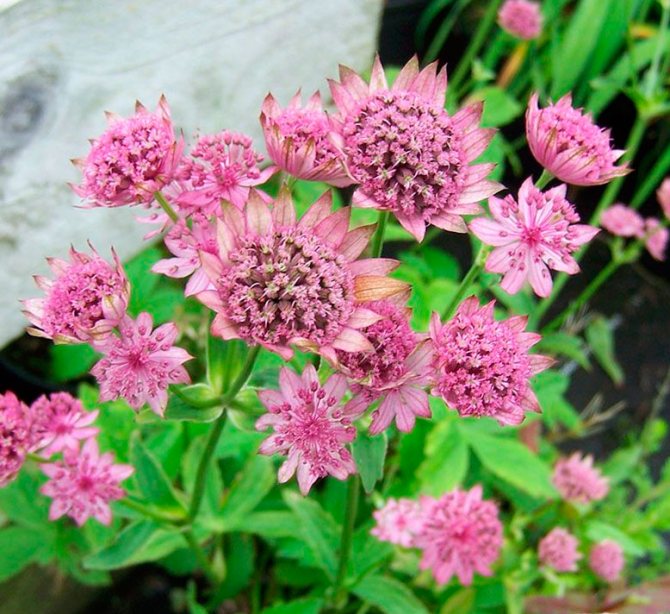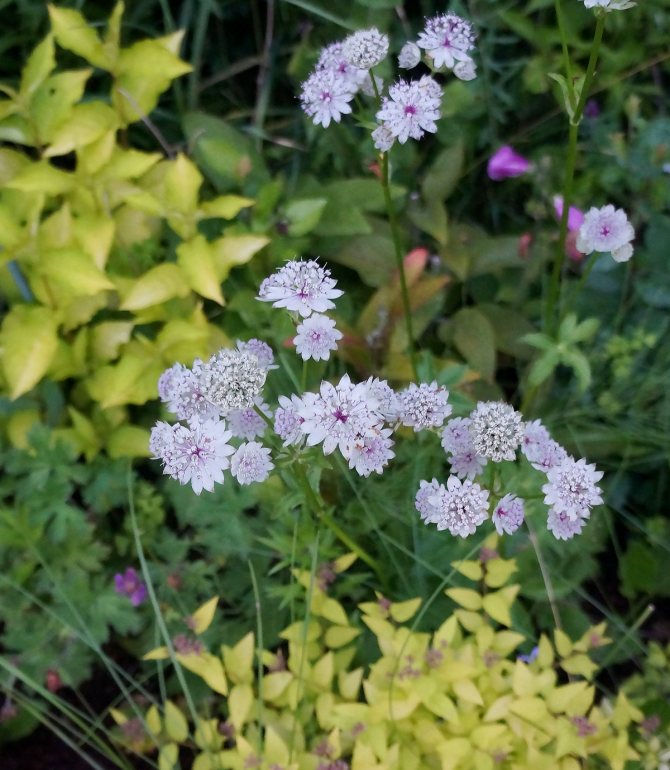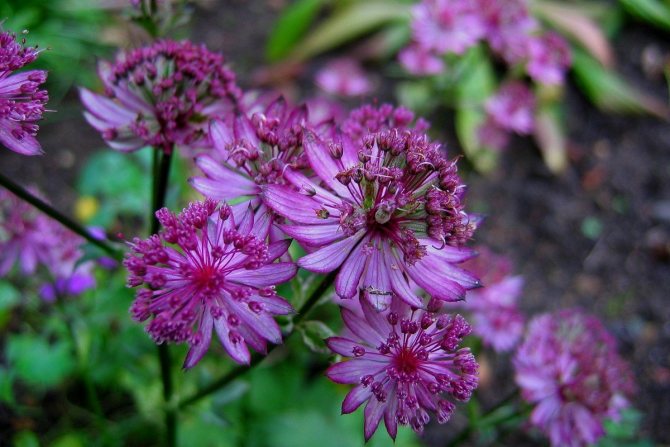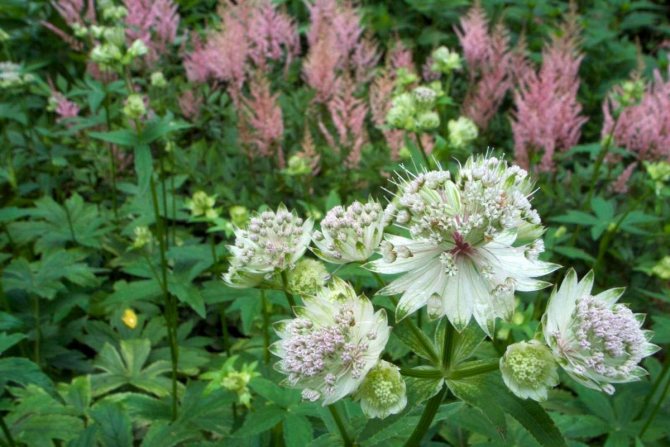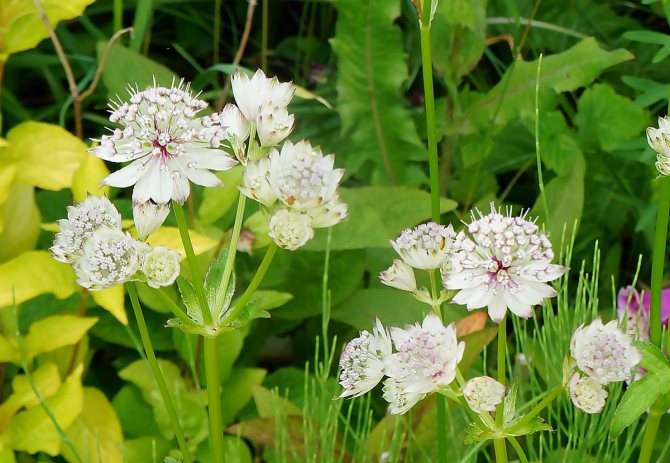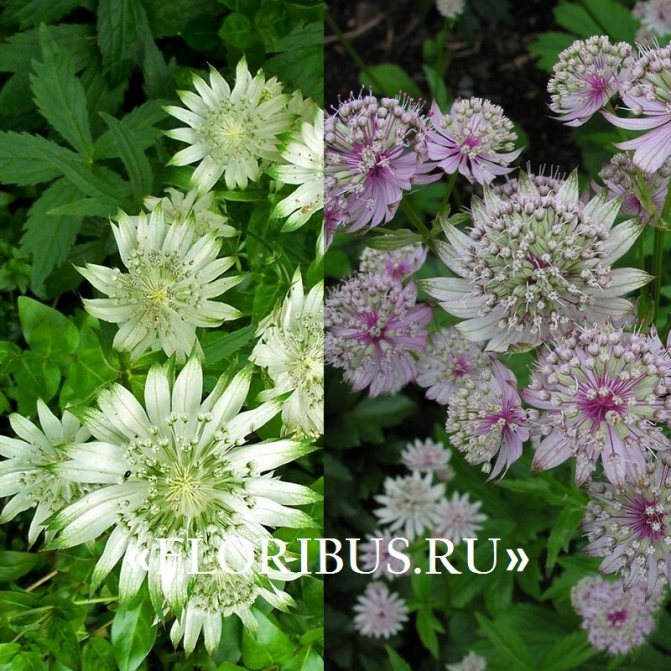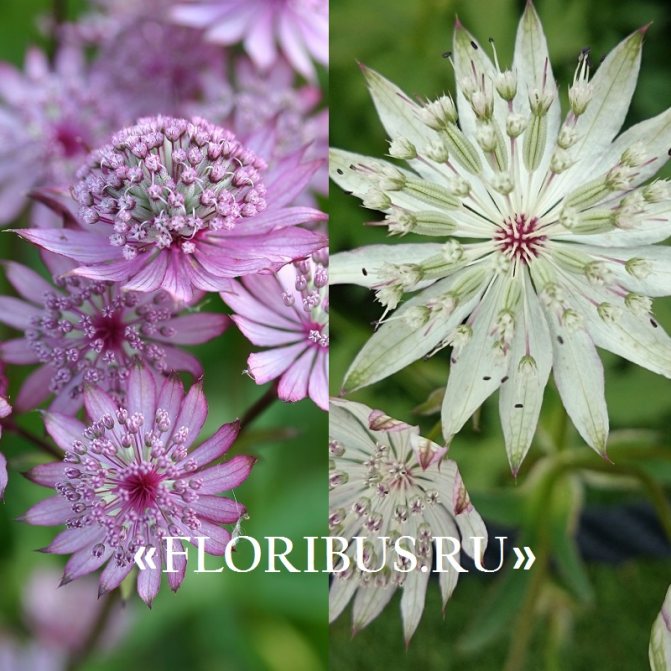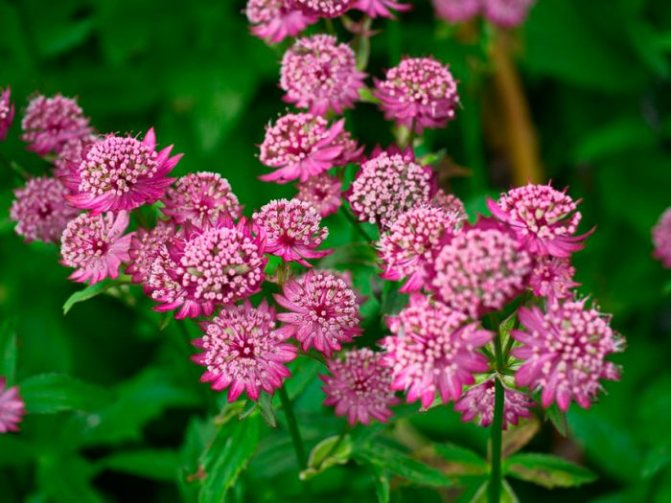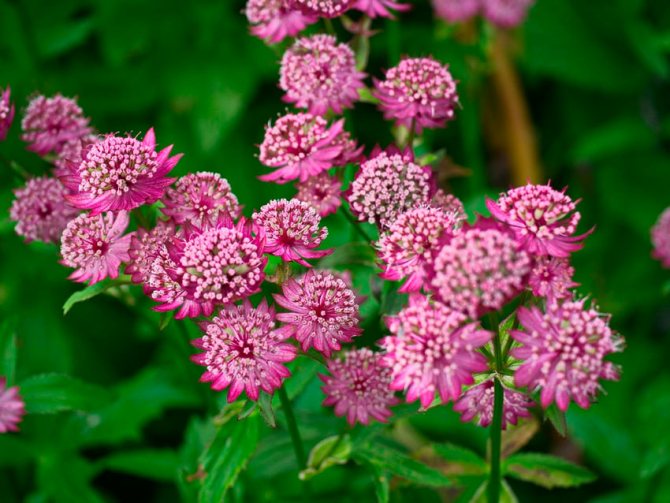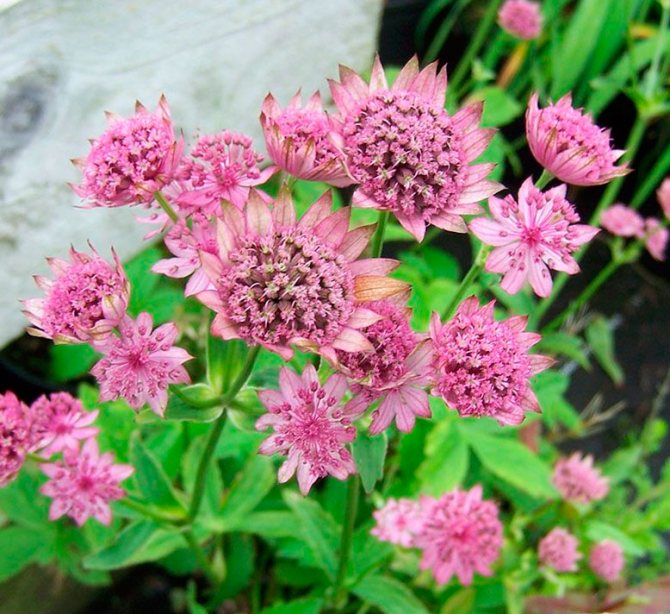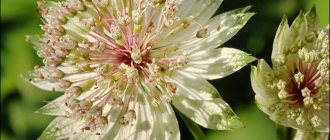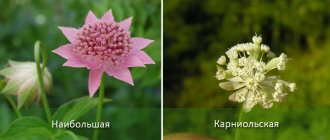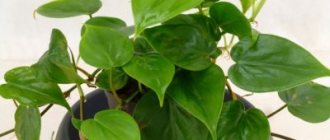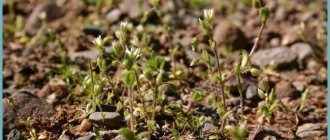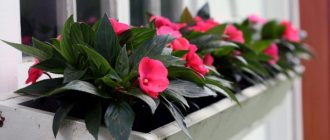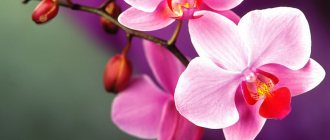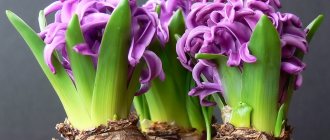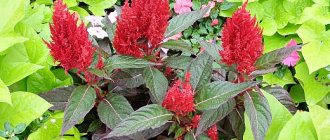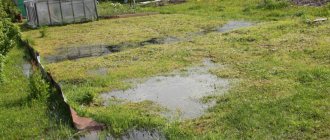Astrantia is large - a culture of the umbrella family, a perennial flower that grows in the European part of the globe and the Caucasus. According to the information of encyclopedic reference books, in the group of flowers united by generic characteristics and properties, the large Astrantia variety (Bolshaya Zvezdovka) is distinguished.
The beneficial properties of the plant are poorly understood, but it is traditionally used in alternative medicine. The flower is grown for aesthetic purposes for decorating flower beds in gardens, squares, office areas. It can be planted in a home breeding container. A beautifully flowering culture for a long time pleases the eye with a palette of colors - from pale pink to bright ruby tones, depending on the variety. Doesn't require diligence when planting and leaving. After withering of the flowering part, pruning is done, seeds are collected.
Astrantia is large
Description of the species
The genus Astrantia is represented by 11 species, one of which is called Astrantia large. The first three years the plant develops, is characterized by lush bright green leaves, but does not bloom. In the fourth year, the first inflorescences appear. The stem of the developed culture reaches one meter (maximum) in height. In the upper part, the stem of the four-year-old culture is divided into several processes. A "bouquet" of inflorescences is formed on them. A small flower is formed on each divided stem, up to 5 centimeters in diameter. The main axis of the inflorescence is shorter than the others. Pedicels with additional small inflorescences, which are located at the same level, emerge from its top. The perianth is represented by oblong petals.
The color scheme of the petals that form the bracts on the inside may vary depending on the variety. Astrantia leaves are large, dissected, bright green in color. They consist of five large carved plates connected at the base of the stem. The root of a four-year-old culture is fibrous.
Important! When a plant propagates, it can be divided.

This plant does not begin to bloom immediately - as a rule, this occurs only in the fourth year of life.
An insignificant shoot of the root can give life to a new plant. The culture blooms from the second half of summer until autumn. Provided that the inflorescences are cut, it blooms twice a year.
Breeders have bred by crossing many frost-resistant varieties that delight gardeners with the beauty and tenderness. Let's list some.
- Alba is a monochromatic, light green inflorescence of a perennial culture.
- Claret - bright ruby, monochromatic flowers.
- Gill Richardson - monochromatic dark red inflorescence.
- Pink Joyce - in the second half of summer, the flowering period begins. The flowers are solid, bright, pale pink.
- Penny`s Pink - the flowers are white-pink, pale, the perianth petals are penetrated with brighter veins.
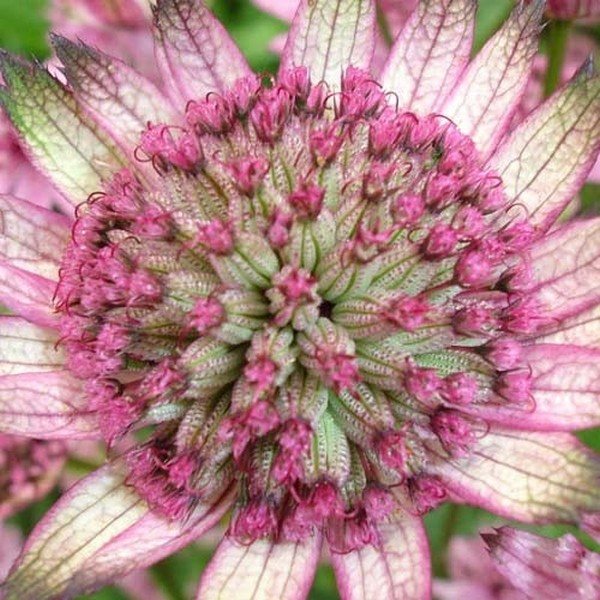

Astrantia variety Penny`s Pink is distinguished by white and pink flowers - Roma - petals of a pale pink shade around the edges with bright pink edging, the flowers of the inflorescence are deep pink.
- Purple Joyce - bases of purple inflorescences of a green tint, perianth leaves with a purple tint.
- Red Joyce is a short plant, up to 50 centimeters, with bright red uniform inflorescences.
- Ruby Cloud is a tall culture, up to one meter, with contrasting shades of bright ruby flowers and light red perianth petals.
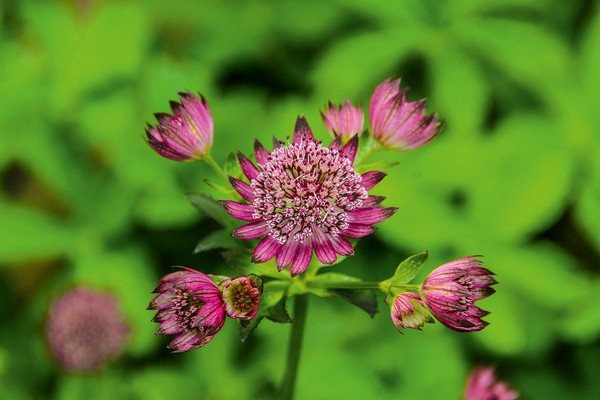

Ruby Cloud Variety - Star of Beauty is a low-growing variety, flowers are light with red edging, petals are pale red.
- Sparkling Stars Pink - undersized crop, flowering until August, monochromatic pale red inflorescences.
- Star of Billion is a variety of contrasting delicate shades, the petals are light green, and the flower itself is white.
- Venice is a species with bright red flowers and purple petals, the stem height reaches 60 centimeters.
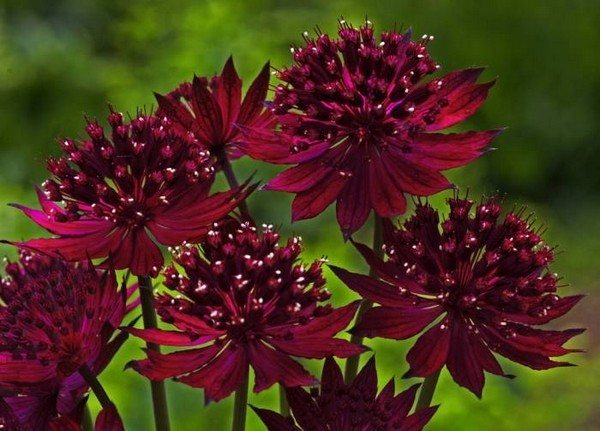

Astrantia Venice is distinguished by its bright red flowers
Acquaintance
Astrantia is a perennial floral plant of the umbrella family. The aerial part is represented by a rosette of finger leaves. Straight tall stems, practically devoid of foliage, bear a scattering of small flowers, collected in bouquets-umbrellas, and the star-shaped wrapper is represented by leaves of predominantly white or pink color, which gives the plant a special decorative effect.
Astrantia: flower
The Astrantia genus has several plant species, which are native to Southern and Central Europe. In culture, four types are mainly used:
- Astrantia is large
- small astrania
- astrantia three-cut
- Astrantia is the largest.
Astrantia is large, living in the European part of Russia - a rare species, therefore it is listed in the Red Book.
Disembarkation and reproduction
Florists plant seeds in prepared containers filled with fertile soil. The container for planting is pre-disinfected with a solution of potassium permanganate. Seeds are dicotyledonous cone-shaped, the shape looks like a sunflower seed.
Planting begins at the end of March. The sprout appears within five weeks, develops quickly. After the appearance of the second and third leaves, it is necessary to dive the seedlings. In a cramped and shallow container, seedlings grow poorly, the sprouts stretch out, the stems become thinner. Lack of nutrition and light negatively affects the vegetative properties and quality of seedlings. She becomes brittle, pale and withers.
During the period of freezing temperatures, containers with seedlings can be taken out into the open air (garden plot, balcony) to harden the plant.
Important! You should not leave tender sprouts in the direct spring rays of the sun. Delicate sprouts can burn and die.
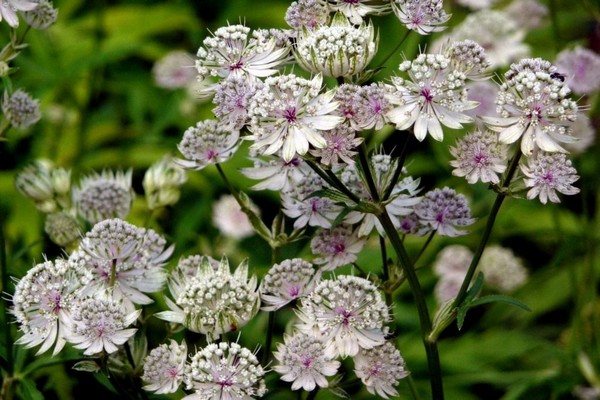

Usually such a plant is planted at the end of March.
Hardened seedlings take root well in the open field. Landing is carried out in the spring (when the ground warms up well) or in the fall. Seeds of a certain variety are purchased in the store or harvested on their own after flowering. In this case, the culture may not repeat the varietal characteristics.
You can propagate a flower by dividing the root system of a perennial plant. The ground part is cut off with a secateurs. A carefully dug root is divided into the required number of processes, transplanted into a prepared planting pit. After planting, the soil is moistened. Even a small shoot of the root or part of the system is capable of producing full-fledged shoots.
Important! The place for planting is determined depending on the aesthetic feasibility and the availability of free space in the flowerbed or in the garden. The plant is unpretentious, develops in the shade and in open sunny areas.
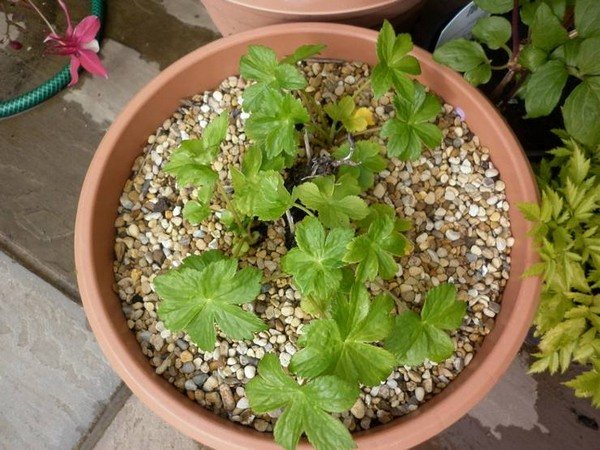

Astrantia can be propagated by seeds and root division
Waterlogging of the soil affects the development, the culture may die. In sunny areas, the plant develops better, the inflorescences are brighter, larger, and the colors are more juicy. In the shade, the flowers are painted in paler colors. During the budding period, watering is required at least once a week. If the florist wants to get large flowers for cutting (bouquets), the number of flowering processes should be reduced to three or four pieces per bush. In an annual flower, the root is not yet developed and cannot be divided.
The flower gets along well in one place for about seven years. It harmonizes in cohabitation with other flowers, forms a bouquet, saturates with bright shades. The soil can be different - from loam to sandy.The plant develops better in loose and fertile soil. If the site has clay or stony soil, it is necessary to dig a planting hole larger than the root system, fill it with fertile soil. When determining the size of the planting pit, take into account the place for further root development.
Important! In an "artificial container" or trench, the culture is able to develop and bloom.
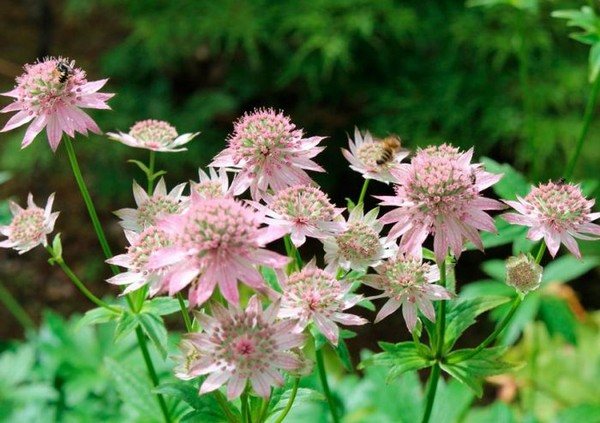

Astrantia loves sunny places more
You can also propagate the culture by cuttings. Branches (cuttings) are placed in water or in a fertile soil (substrate) with a rooting agent. After the roots appear, they are transplanted into open ground. It is possible to root the cutting by tilting the branch to the ground and sprinkling it with damp earth. One season is enough for rooting. The stalk with pruning shears is cut from the "mother branch" and transplanted into a prepared planting pit.
Growing Astrantia from seeds
Ginur flower - home care
Astrantia reproduces very quickly by self-seeding. That is why in nature it covers large areas in fields and forest edges in a short time.
Important! If you do not weed the soil in the garden, then Astrantia will be able to cover the entire free area.
At home, propagation by seeds can lead to a loss of varietal characteristics. But if you follow some growing rules, then there are great chances to get copies identical to the parent.
What you need to plant seeds
During flowering, the largest and healthiest inflorescences are chosen. When the flowering period is over and the buds begin to dry out, the previously selected ones are covered with gauze so that the seeds from the boxes do not fall to the ground. Dried seeds are dried and cleaned.
Seeds are sown in the ground immediately after harvest, that is, at the end of autumn, the sprouts will appear as early as next spring.
If it is necessary to sow seeds in the spring, they are folded into a paper bag and placed on the bottom shelf of the refrigerator - thus stratification occurs. You also need to do with purchased seeds, keep in cold conditions for 2-3 months.
Growing seedlings of astrania
It all starts with preparing boxes of fertile soil and sowing seeds in them. The seed is placed on the surface and covered with soil for a few more centimeters. The boxes should be at an air temperature of 20-23 ° C, they are covered with foil or glass on top.
When shoots appear, the film is removed, and the boxes themselves move closer to the sun. After a week, the seedlings are thinned out.
When 2-3 true leaves appear on the sprouts, they dive. 10 days before planting the seedlings in the ground, hardening is carried out: every day the container with the sprout is taken out to the balcony or terrace, gradually increasing the time spent in the open area.
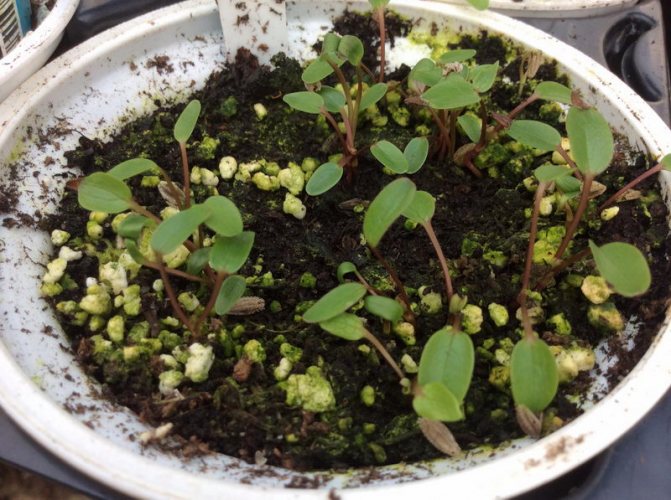

Germinating Astrantia from seeds at home
Top dressing and care
Perennial flowers need to prepare for the cold season. Therefore, in the autumn period, they need feeding. During the spring growing season, the plant needs nutrients for the development of the terrestrial system, the formation of color. Fertilizers are applied in early spring and after flowering, in autumn.
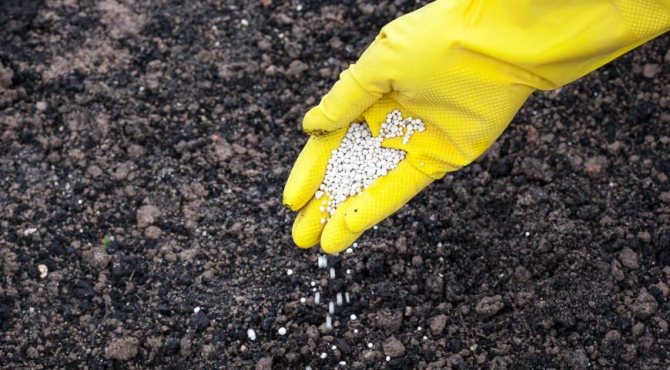

It is very important to fertilize the flower regularly
Fertilizers can be of organic and inorganic type. Organic manure, compost, ash are considered organic. Ash contains phosphorus and potassium, which are essential for development. Minerals are necessary for the growth and development of leaves, shoots, roots. Top dressing is applied in the spring.
The soil receives the required amount of nitrogen, phosphorus and potassium. Nitrogen promotes active growth of shoots, stems and leaves. Phosphorus contributes to the strengthening and development of the root system as a whole. Potassium contributes to the plant's resistance to stress, good flowering, and the formation of inflorescences. When the soil is saturated with potash fertilizers, the plant is less exposed to fungal diseases, better tolerates dry and frosty periods.Potassium and phosphorus contribute to a good "wintering" culture.
Important! In the autumn, phosphorus and potassium fertilizers are applied. Three mineral elements are vital for a flower. The plant should be watered on the soil at the root, otherwise in direct sunlight, leaf burns and flower wilting are possible.
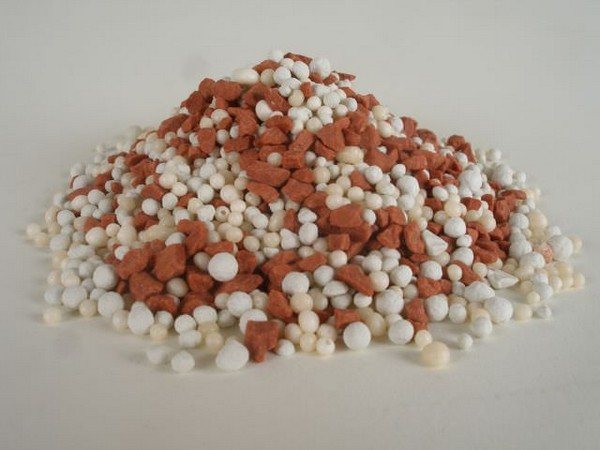

Fertilizers help the active growth of the plant, help it fight diseases
When preparing a culture for the winter period, the ground part is cut off with a pruner. The plant is frost-resistant and does not require a protective shelter from frost. Nitrogen is a fertilizer for spring feeding when the plant is weakened after winter frosts. The culture needs to develop the leaf apparatus.
Nitrogen fertilizers include:
- urea (urea);
- ammonium nitrate.
Nitrogen fertilizing is carried out no later than mid-summer (July). Too late development of shoots will not allow them to stiffen, get stronger.
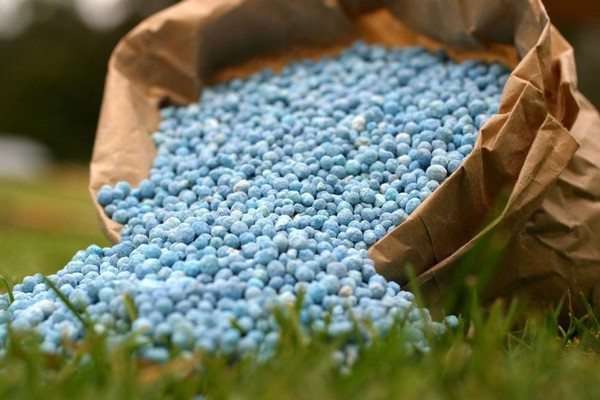

Useful for astrania and nitrogen fertilizers
Important! Fertilizers do not need to be applied to the soil rich in minerals. Sandy can be fertilized.
Fertilizers are liquid and granular, which act for a long time, do not dissolve immediately. In the spring, when the snow is just melting, it's time to apply granular fertilizer. During the growing season of the crop, the fertilizer will partially dissolve, and the required amount of mineral matter will enter the soil. Water-soluble fertilizers are applied during the period when the flower begins to grow. It is necessary to apply fertilizers not at the very root of the culture, but along the entire root circle, where the suction roots may be located. You can use complex fertilizers. The method and time of application are indicated in the instructions. Foliar dressings act instantly, they are applied by treating the plant with a solution containing nutrients.
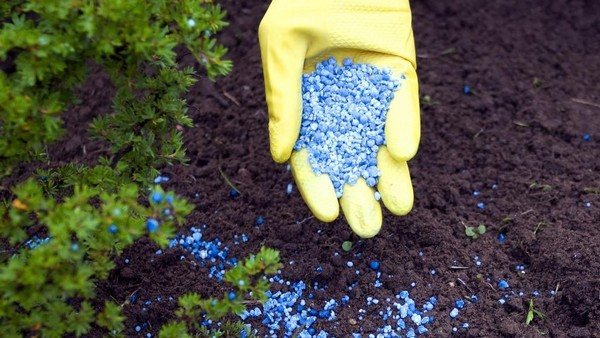

Better to use granular fertilizers
Important! Astrantia is practically not susceptible to fungal diseases. It should not be watered too often.
Waterlogged and too sandy soils are not suitable for a flower. It is necessary to choose a place near the reservoir at a height so that during the spill period the roots are not too wet and do not rot. In too sandy soil, it is necessary to add a fertile layer. It is impossible to moisten the crown of the flower when watering, it should be watered at the root. In August, watering must be stopped. When planting seeds that are collected after the inflorescence wilting, the loss of the basic properties of the variety is possible. The flowering process can be extended by removing wilted inflorescences. Planting by dividing the root will retain the basic characteristics of the plant variety.


It is better to periodically remove wilted inflorescences
The main crop pests are slugs and snails. They appear during the rainy season in highly humid areas. Ash helps to get rid of pests.
Due to the presence of plant pigments (flavonoids) in the terrestrial part of the plant (in the leaves), the flower has a juicy colorful color scheme. Their natural functions include:
- protection of fabrics from ultraviolet burns;
- color of petals and leaves;
- resistance to fungal diseases.
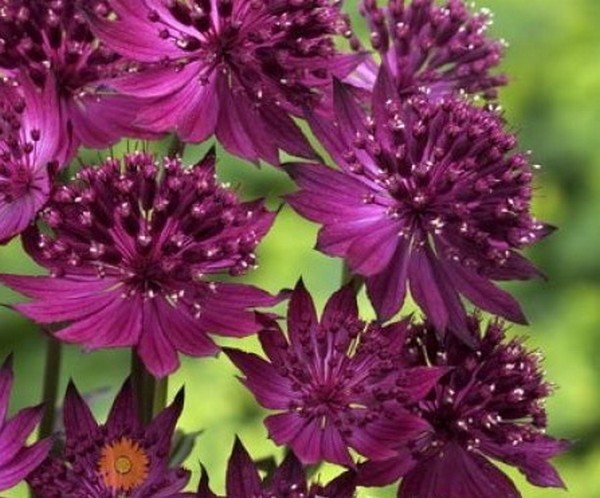

The flowers of such a plant are quite bright.
Diseases and pests
The cultivation of astrantia is also beneficial in that the plantings are rarely affected by diseases. The most dangerous pest that causes serious damage to flowers is the naked slug. To prevent the appearance of the parasite after watering, it is useful to add dry soil to the flower bed - the slug prefers a moist environment.
Reference. In addition, such a measure will protect plantings from rapid evaporation of water and the formation of a soil crust.
When the pest nevertheless appears, it is collected from the leaves by hand, and bait is left on the beds overnight - cups dug into the ground, two-thirds filled with beer.
Preparing for the winter period
In the second half of summer (closer to autumn), it is recommended to apply potash - phosphorus fertilizers.They allow the culture to better prepare for winter, to ripen shoots that will bloom next year. Watering should be stopped. In the fall, the plant is pruned. The culture is frost-resistant, but in the case of growing in regions with harsh conditions, the root system is covered with a ten centimeter layer of peat or compost soil. The bush in November (the plant should not rot) is covered with spruce branches (branches of conifers).
Important! Do not cover with cellophane film, the culture may rot and die.
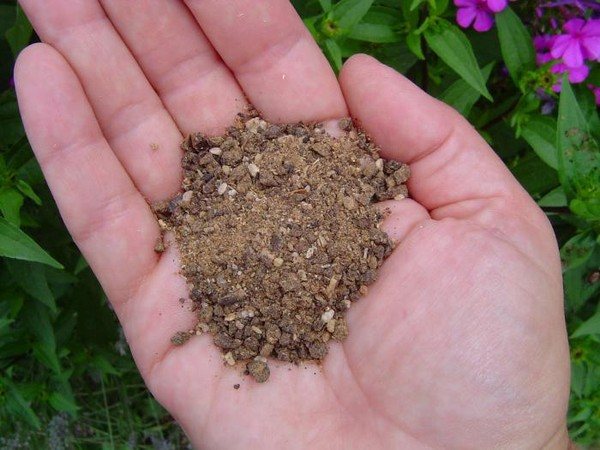

It is important to prepare the plant for winter
Growing conditions
Growing alyssum when and how to plant it from seeds
Astrantia has very few requirements for growing conditions. This absolutely unpretentious plant takes root well both in sunny bright areas and in shading, without showing a weakening of the flowering rate and without changing the color of the leaves. She is not suitable for deep shade, but partial shade is comfortable for her in any concentration. Even near the trees, this charming beauty will easily reveal her landscape talents and create pretty thickets from the openwork lines of charming blades of carved leaves.
Astrantia is one of those perennials that you don't have to worry about planting in special soils: ordinary soil is quite suitable for it, as long as it is not too problematic, depleted and dense. Of course, the soil should be at least slightly fertile, but it is not at all necessary to specially improve it.
Healing properties
Astrantia large is characterized by a straight, well-developed branched stem. Large juicy leaves are concentrated at the root collar of the trunk. In medicine, the root and the ground part of the culture are used.
In the summer, the ground part of the plant is cut off. The harvesting of the root part of the plant is carried out in early spring or autumn. The material is dried in the fresh air under the roof. The stems can be tied in bunches and hung in a ventilated area, and the roots can be laid out on a wire rack. After drying, the workpiece is placed in fabric bags and stored in a dry place. It is usable throughout the year. The ground part of the plant is rich in acids:
- tsavel;
- oxycarboxylic (apple);
- lemon.
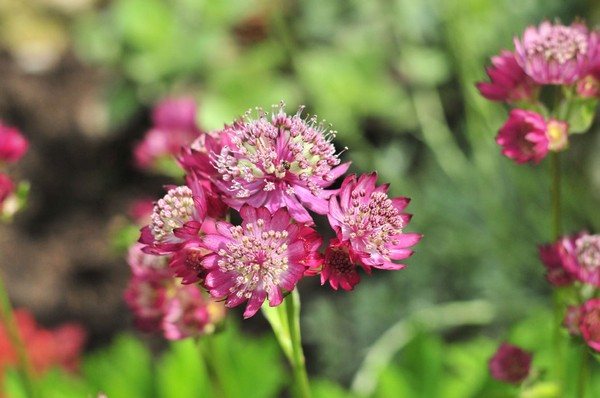

Although the effectiveness of Astrantia and its positive effect on the human body have not been proven until the end, it is actively used in traditional medicine.
Leaves, stems and flowers contain flavonoids (ground part).
| Substance | Description |
| Rutin | Improves blood circulation, helps prevent thrombosis. Rutin is a representative of antioxidants and provides protection against ultraviolet radiation. |
| Quercetin | The strongest antioxidant, has antimicrobial properties that suppress the process of inflammation in the body. It is necessary as a supplement for patients suffering from hypertension. |
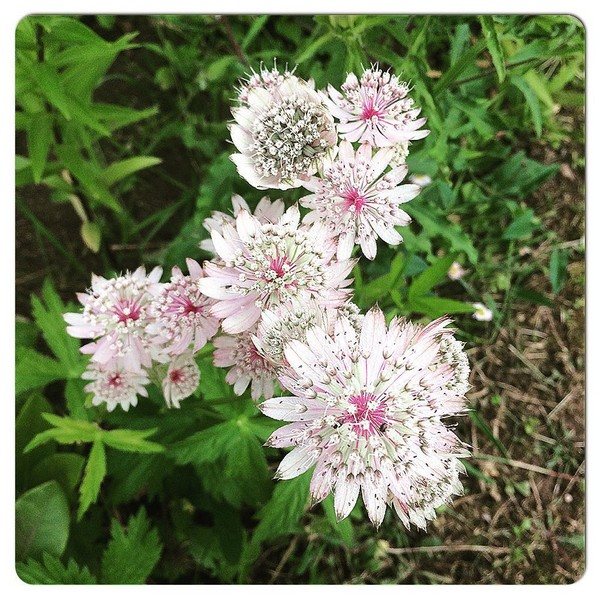

The leaves, stems and flowers of the plant contain flavonoids
The use of the plant part as a medicinal product contributes to the regulation of metabolism in the body. This fact is explained by the presence of steroids. The roots contain vegetable glycosides (saponins). They have a beneficial effect on the body in case of colds (bronchial inflammation), promote the excretion of phlegm. However, there are side effects in the form of allergic reactions or urticaria. This medicine can cause nausea, vomiting, and diarrhea.
Important! It is necessary to take into account, when ingested, contraindications and toxicity of the substance.
A medicinal preparation is taken in the form of decoctions. A dry grated plant is brewed in boiling water, in a proportion of 2 teaspoons per one glass of boiling water. The herbal composition is brewed for 5 minutes, and the root - 20 minutes. Then you need to strain the broth and take three times a day, one glass at a time, warm.
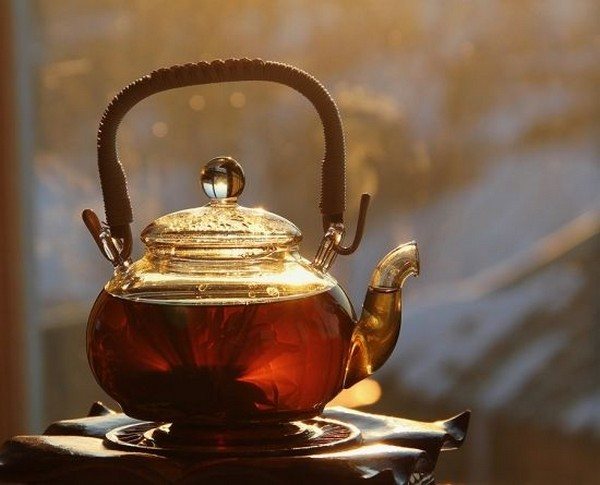

Most often, Astrantia is taken in the form of decoctions.
Important! The properties and side effects of Astrantia large have not been thoroughly studied, therefore, medicinal decoctions must be taken strictly on the recommendation of the attending physician.It is unacceptable to take drugs by yourself. The medicine in the form of a decoction is prohibited for pregnant women, lactating women, as well as children.
Types and varieties of astrantia with photos
Consider the three most popular types of Astrantia:
Astrantia major
Astrantia large Astrantsia major photo
Tall plant (up to 70 cm), spreading (50 cm in diameter). Grows on the edges of mixed and coniferous forests in Central Europe, Ukraine, Moldova, European Russia, Belarus. In the original, the large star has light pink flowers with a wrapper of the same color, reaching 5 cm in diameter. It has been cultivated since the middle of the 16th century.
The following varieties have been bred:
Astrantia Moulin Rouge
Moulin Rouge - ruby-colored inflorescences with very dark wrappers (it is recommended to plant in sunny areas, then the flowers become even more saturated);
Astrantia ruby wedding
Ruby Wading - a plant up to 65 cm high with dark red flowers, loves partial shade more, has unusual palm-shaped leaves;
Astrantia large Claret
Claret - slightly lower - up to 55 cm, so it can be grown in a container, feels good in shade and partial shade, dark burgundy flowers with translucent wrapper leaves;
Astrantia Diva photo
Prima donna - there is no preference for shade and sun, the flowers are also dark red, and the wrapper petals are lighter, grows up to 70 cm;
Astrantia Venice
Venice - again, pomegranate-colored inflorescences;
Abbey Road is a red astrantia, the wrappers are dark purple, and the flowers are one tone lighter, the flowers are small and there are a lot of them on the bush, prefers sunny places, blooms from June to August;
Headspan Blud - deep red flowers that bloom from late spring and all summer, a powerful plant, 70-80 cm high;
Lars is a tall Astrantia (up to 70cm) with soft purple flowers that seem to glow in the dark, it can be called the most hardy Astrantia;
Sunningdale Variegata is a variety with light lavender flowers, distinguished by its foliage: light streaks on the green background of the leaf;
Rosensymphony - pink inflorescences with wrappers one tone lighter, stems 70 cm high;
Astrantia pink rosea photo
Rosea - has flowers of a very bright saturated pink tone and spotted leaves;
Snowstar - a white star - prefers shade, flowers are white with greenish wrappers.
Buckland - the flowering period from May to November, the color of the flowers is pink, and the pink bracts are quite large, which creates an unusual effect; Shaggy - a very delicate color of the inflorescences - ivory with a light light green tint, blooms all summer.
Astransia maxima
Astrantia greatest Astransia maxima photo
This neat perennial came to us from the Caucasus, the height of the stems is up to 70 cm, the flowers are smaller (4.5 cm in diameter), the flowering period is August and September. The color of the inflorescences is pink, the wrapper is slightly reddish in color, the filmy leaves reach a length of 1 cm. The old name of the largest Astranian is "Needler Hattie". This plant thrives best in open areas, but it can grow under trees if the shade is not very thick.
Astrantia minor
Astrantia small Astrantia minor photo
You will think that the plant is not tall, but it reaches a meter in height, but the flowers are smaller (up to 3 cm). The leaves are three to seven-part, long-petiolized, there are many inflorescences, the color is pale pink. Astrantia small prefers mountain air, native to the southern regions of Western Europe.
Landscape design
Astrantia is large - a bright aesthetic plant with beautiful openwork flowers that adorn the territory almost all summer. Until the inflorescences appear, the plant pleases with emerald leaves. The culture is combined with any plants and flowers. It gets along with coniferous and deciduous crops. Therefore, Astrantia is often planted in parks, squares and front gardens. It looks harmoniously next to the urban infrastructure.Without much effort, in the fourth year of growth, a beautiful dome is formed - a bouquet of inflorescences. The culture looks great in the planned flower beds. The shape of the landing area can be round, rectangular, oval. They are located at the entrances to the building, in the squares, along the roads. The plant can be in one place for up to seven years, does not require frequent transplantation. They are attracted by the beauty of flower beds, formed from several varieties with multi-colored shades of petals. Some growers make living borders (fences) up to one meter high from the bushes.
Important! The paths, decorated with multi-flowered bushes of Astrania, are an adornment and addition to the natural landscape.
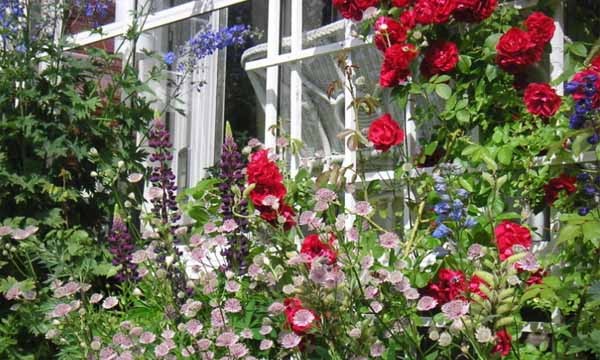

Astrantia large is actively used by landscape designers
Types and varieties of astrantia with photos and names
Godetia seed growing when to plant
In total, there are more than 10 different types of Astrantia, but only 3 of them are cultivated most.
Astrantia major, or large astrantia
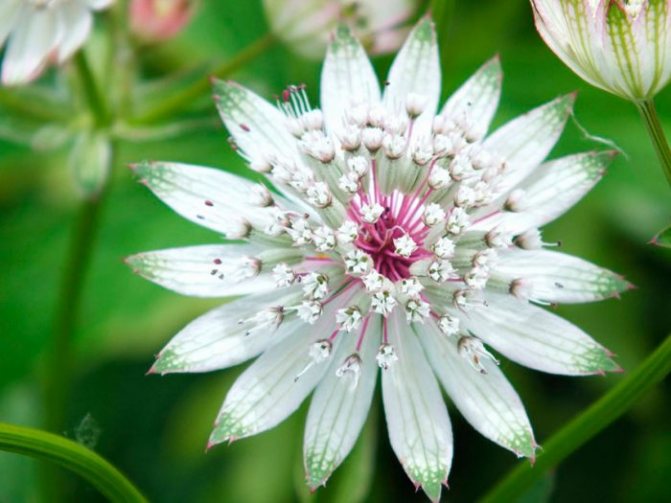

In nature, this species can be found in the west of the European part of Russia, in Moldova, Ukraine, Belarus, Central Europe and in the Baltic countries. Such a plant prefers to grow on lawns and edges of deciduous and coniferous forests. The height of the spreading bush is about 0.7 m, and its diameter is about 0.4 m. The root rosette consists of three to seven-part long-petiolate leaf plates. Light pink flowers are collected in simple umbrella-shaped inflorescences, the diameter of which is about 50 mm. The color of the leaves of the wrapper is green or light pink. It has been cultivated since 1597. The most popular varieties:


- Moulin rouge. The inflorescences are colored wine-red, while the leaves of the wrapper are of a darker, almost black shade. The flowers of bushes grown in sunny areas are most effective.
- Ruby Wedding. The bush reaches a height of 0.65 m, the color of the flowers is dark red. This variety is recommended to be grown in a shaded area.
- Claret. The color of the flowers is burgundy, transparent wrappers of the same color. Plant height 0.55 m. Astrantia blooms in the first days of July, and flowering ends in the last days of September. Recommended to grow in partial shade and shade. Can be cultured in a container.
- Diva. The flowers are dark red, and the wrappers are colored in a lighter shade. Plant height approximately 0.7 m. The variety can be grown in a sunny or shaded area.
- Venice. The color of the inflorescences is ruby.
- Lars. The height of the bush is about 0.75 m, it is decorated with pink inflorescences, their color is so rich that it seems to glow in the dark.
- Sunningdale Variegata. The color of the inflorescences is pale lavender. On the surface of the green leaf plates there are strokes of cream and yellow-golden color.
- Rosensimphony. The height of the plant is about 0.7 m. The inflorescences are pink, and the wrappers are pale pink.
- Rosea. Plant height is about 0.6 m. Inflorescences are bright pink, and leaf plates are spotty.
- Snowstar. The color of the flowers is white, and the wrappers are white with green. The plant reaches a height of 0.55–0.7 m. It is recommended to grow this variety in partial shade and shade.
- Abby Road. Astrantia is red, the color of the inflorescences is purple, and the wrappers are of a darker shade.


Astrantia maxima
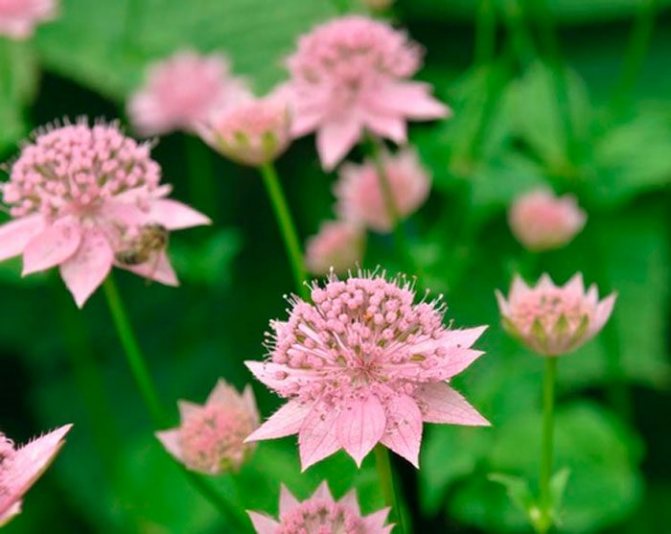

The homeland of this kind is the Caucasus. The height of such a compact plant is 0.7 m, it is long-rhizome. The leaf plates are tripartite. The diameter of simple umbellate inflorescences is 45 mm, they consist of small pink flowers. The leaves of the envelope are colored very pale red, they are membranous and reach a length of 10 mm. Flowering is observed in August and September.
Astrantia minor
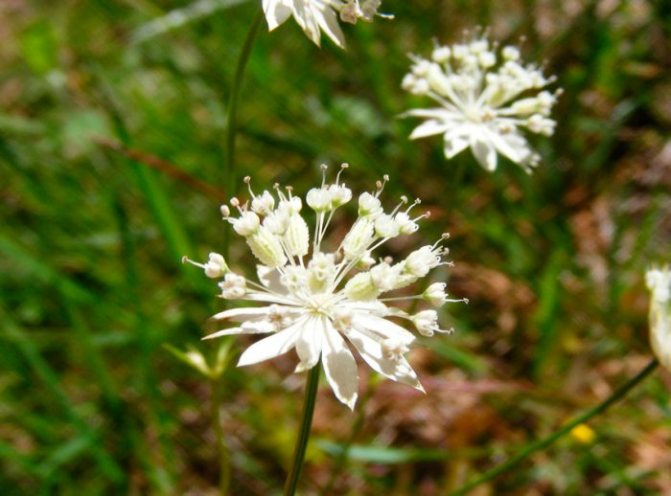

In nature, such a plant is found in the southern part of Western Europe, prefers to grow in the mountains. The height of the bush is almost 1 m. The leaf plates with long petioles are three to seven-part. The diameter of the umbellate inflorescence is 30 mm, it consists of a large number of pink-white flowers. Flowering is observed in July-August.Cultivated since 1868
Astrantia carniolica
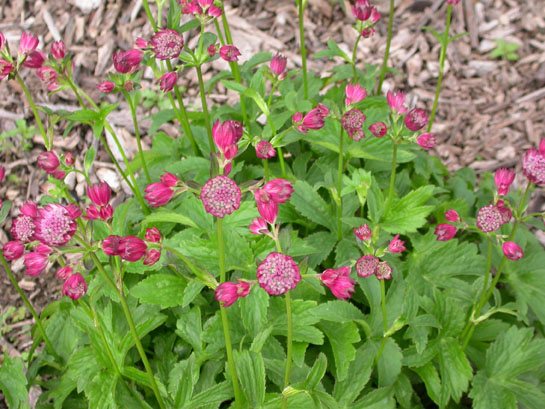

It is a herbaceous perennial plant. Opposite leaf plates are palmate-separated. Umbellate inflorescences are composed of white flowers. The most popular variety is Rubra. The color of flowers and wrappers of this variety is bright pink, turning into red. The plant reaches a height of 0.7 m. Flowering begins in the last days of May and ends in the last days of August.
Also, gardeners sometimes cultivate three-cut Astrantia, Bieberstein, hellebore and Bavarian.
Agricultural engineering issues
Question: Planted seedlings in the openth priming. The flower is already four years old. No blooming. I grew the seedlings myself from the seeds I collected in the park. Why butthe strand does not bloom?
Answer: With proper agricultural technology, the culture begins to bloom in the fourth year. The amount of fertilizer may have been exceeded.
Question: I planted seeds of the Red Joyce variety, collected seeds from a flower bed from a neighbor. However blooms butstratification in pale pink small flowers. A neighbor has bright red flowers on the bushes, how to explain the difference?
Answer: When breeding a crop with seeds that you collect yourself from a bush after flowering, deviations from the variety are possible. The plant is best propagated by dividing its root in the fall.
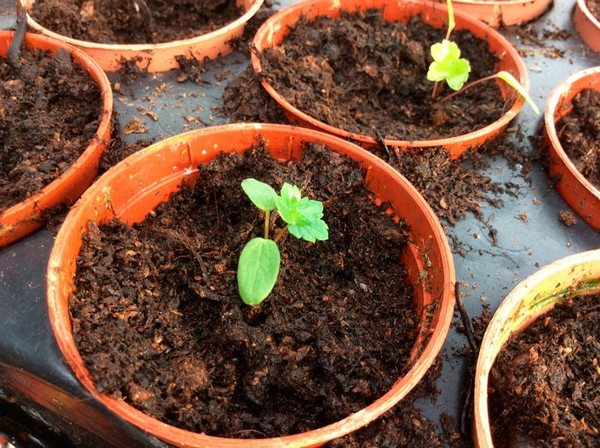

When propagated by seeds, differences from the mother plant are possible
Question: Not covered buttravel for the winter period. The frosts were below minus 35. Two bushes were frozen. How to cover the plant so that the stems and roots are not damaged?
Answer: In the fall, the plant is pruned, sprinkled on top with a layer of peat or compost. You need no more than 10 centimeters of dry layer. During the period of the first frost, they cover with cuttings of spruce branches.
Question: What distance should be left between seedlings of bushes buttravel?
Answer: The plant is a large, tall shrub. The distance should be at least 50 centimeters between the shoots.
Question: Tell me, is it necessary to cut the ground part of the plant for the period of the winter season? The culture is perennial, and when pruning, I remove the shoots in which bloomingande kidneys.
Answer: In autumn, branches and shoots are removed. In the spring, the shoots will develop with renewed vigor, and the remaining parts of the matured stems will give new shoots.
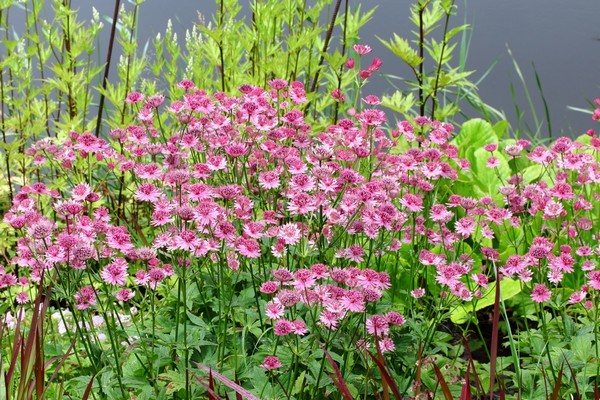

In the fall, you need to cut off branches and shoots.
Question: Tell me if it is possible to plant buta large trip to the gardens next to the asters and gladioli? I have not grown a flower before, can it harmoniously fit into the landscape?
Answer: Astrantia gets along with any "neighbor", unpretentious. It can grow in the shade and in open sunny areas. The soil should not be too wet. Depending on the variety, the stem height is determined, from 60 cm to 1 meter. Neighborhood will not harm the aster and gladiolus. Openwork flowers with delicate tones will only decorate the design of the territory.
Question: I brought the seeds of Astrantia from Europe, tried to get seedlings, but there were no shoots. Why?
Answer: Perhaps you brought low-quality seeds. The seeds of the plant usually sprout without problems.
Question: Explain, what size bush does an adult plant have? Is it tight? Should it be thinned out by pruning the branches?
Answer: The plant reaches a height of no more than one meter, but it all depends on the variety. The distance between adjacent bushes should be at least 50 centimeters, as the bush grows. It is not necessary to thin it out, the bush is not dense, compact. Some inflorescences are fading, while others are just getting ready. If the faded flowers are cut off, the flowering period can be increased.
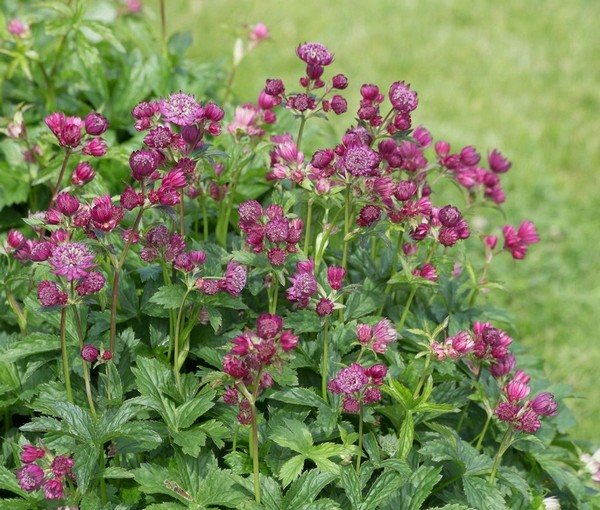

As a rule, the plant is not taller than one meter.
Question: Tell me if it is possible to drop off buttravel as a curb in the front garden? Is the flower too loose? How to deal with self-seeding?
Answer: The culture is great for the landscape as a living fence. If you cut off the flowering branches in a timely manner, you will get low borders with beautiful glossy leaves.Thus, you will get rid of self-seeding and provide yourself, all your friends and relatives with bouquets.
Question: I bought a scion today butcountries. What to do with him now? Should I plant it or put it in the cellar? When to sow seeds? Is it late in May?
Answer: It is necessary to plant seedlings in open ground in spring or autumn. You can plant it in open ground in May if the snow has already melted. If your shoot is too small and growing in a container, it is best to wait until fall. Astrantia will grow and grow stronger. Seeds are planted in March in a nursery, container. Then, when the third leaf appears, they are transplanted to a permanent place of growth. The culture is unpretentious, well accepted, does not get sick during transplantation.
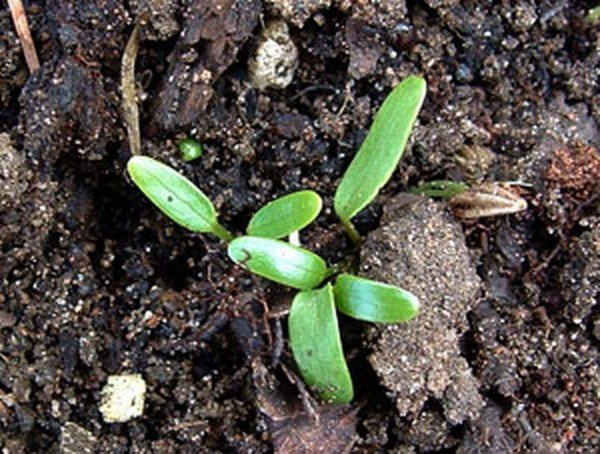

You can first grow the seedlings in a container, and then plant them in open ground.
Question: Recommend a variety with bright colors. I planted Astrantia with seeds, which I collected from a faded flower. But the flowers are pale, irregular.
Answer: Varietal crops are more expensive, but they are brighter and convey the properties and characteristics of the variety. Moulin Rouge is a great variety with vibrant flowers. Blooms for a long time.
Landing Astrantia in open ground
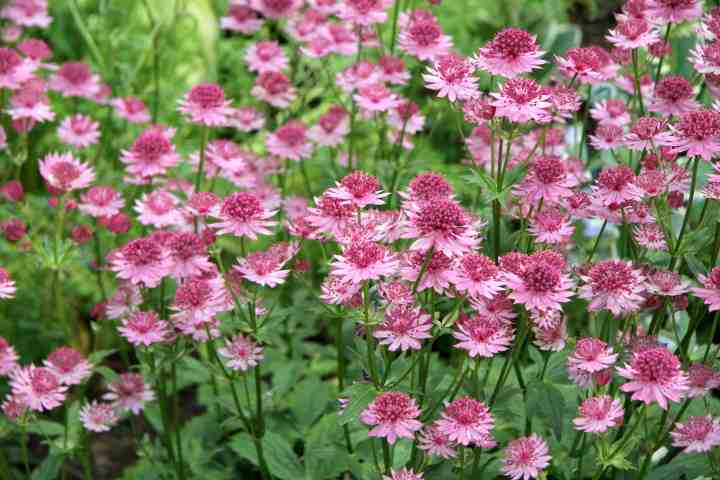

What time to plant
As a rule, planting seedlings of Astrantia in open soil is recommended in the last days of May or the first days of June. For planting, both a well-lit area and one located in a small shade of trees are suitable. The soil must be nutritious and loose, and its composition can be almost any.
How to land correctly
There is absolutely nothing complicated in planting and caring for such flowers. When planting between the bushes, a distance of 0.3 to 0.4 m should be observed.It should be taken into account that after planting the plant should be at the same level at which it grew in the pot. Around the planted plants, the soil should be tamped, and then they are watered very well. The flowering of Astrantia grown through seedlings begins after 3 years.
Caring for a large astrania
Astrantia has good resistance to climatic disasters - to frost and drought. Also, it is bypassed by diseases and pests. She is completely unpretentious in care. All these qualities make her a favorite of summer residents and landscape designers.
Watering
Watering this plant is required only in the hot summer period, once a week. At other times, the moisture that rains bring will be enough. No watering is required during winter.
After each watering or rain, the land around the bushes must be carefully loosened, after removing all weeds. To better retain moisture in the soil, the root zone of the bushes should be mulched with peat or humus.
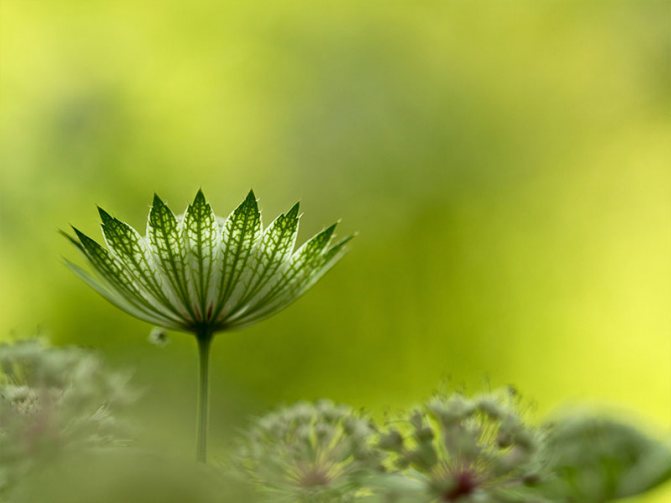

Top dressing
If astrantia was planted on rich soil, then fertilizing is done once a season at the very beginning of spring with the help of liquid mineral complexes. If the soil is depleted, then it is possible in the second part of the summer period to feed the plant with a potassium-phosphorus complex. Usually, the soil is watered before fertilizing.
Reproduction
Large Astrantia can be multiplied in the following ways:
- Seeds. The plant can reproduce by self-seeding. Purchased seeds are sown in early spring after the soil has thawed. Seeds collected with their own hands are sown in November in holes 2 cm deep. During the winter, these seeds will be naturally stratified. Astrantia, obtained by seed, blooms in the third season of life.
- Division of the bush. In early spring, before the leaves have appeared, the bushes of an adult Astrantia are divided into 2-4 parts, after which young bushes are planted, observing a distance of 30 cm between them. This method helps to rejuvenate the plant. Young astrantia, obtained by dividing the bush, will bloom next season.
- Division of the rhizome. In early spring or late autumn, the rhizome of the bush is dug up and small pieces are separated from it, which are buried in the ground for germination. A plant obtained in this way will bloom in the second season.

